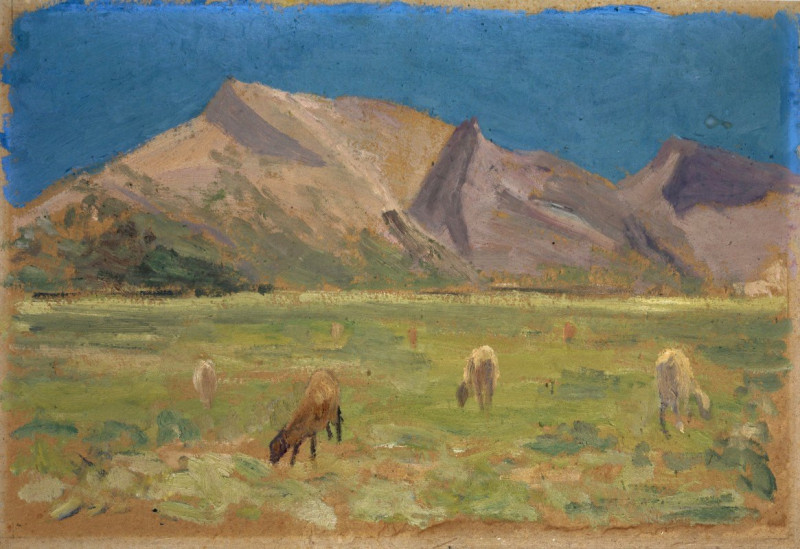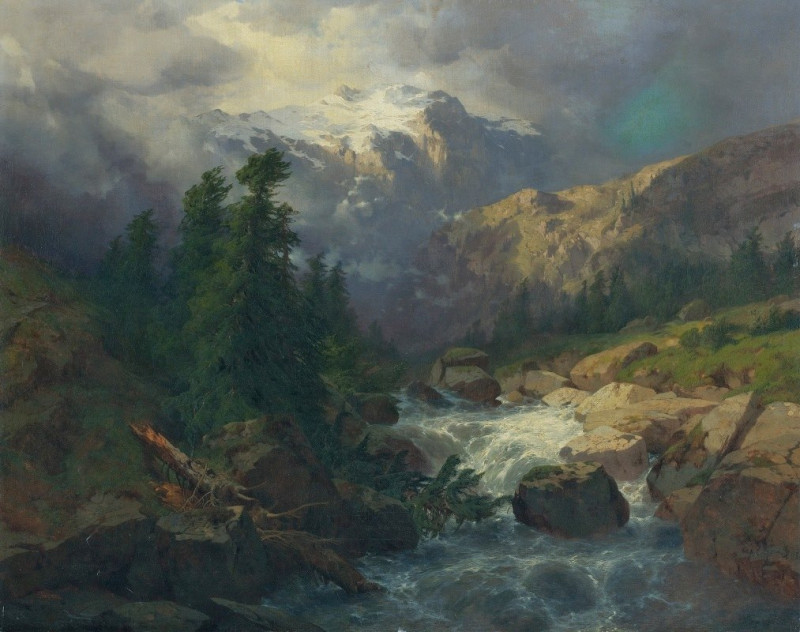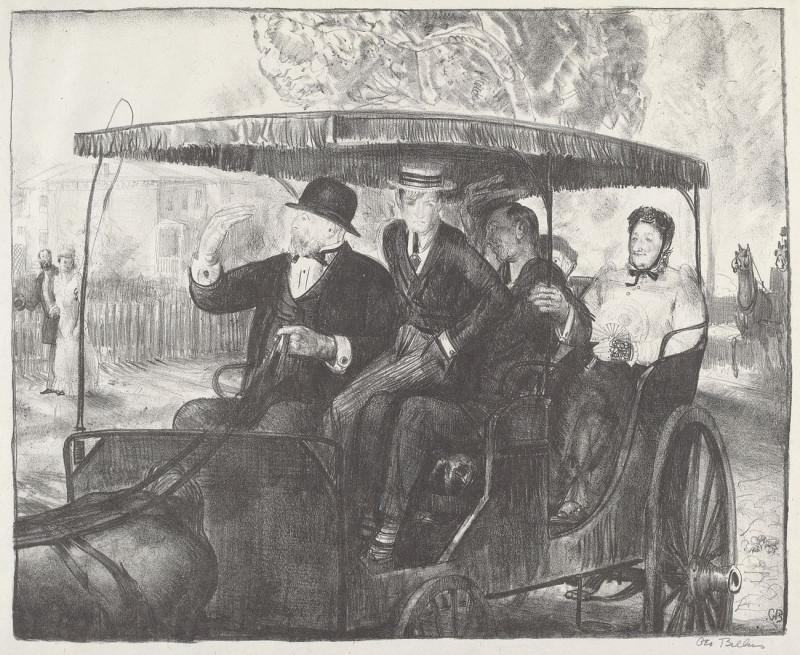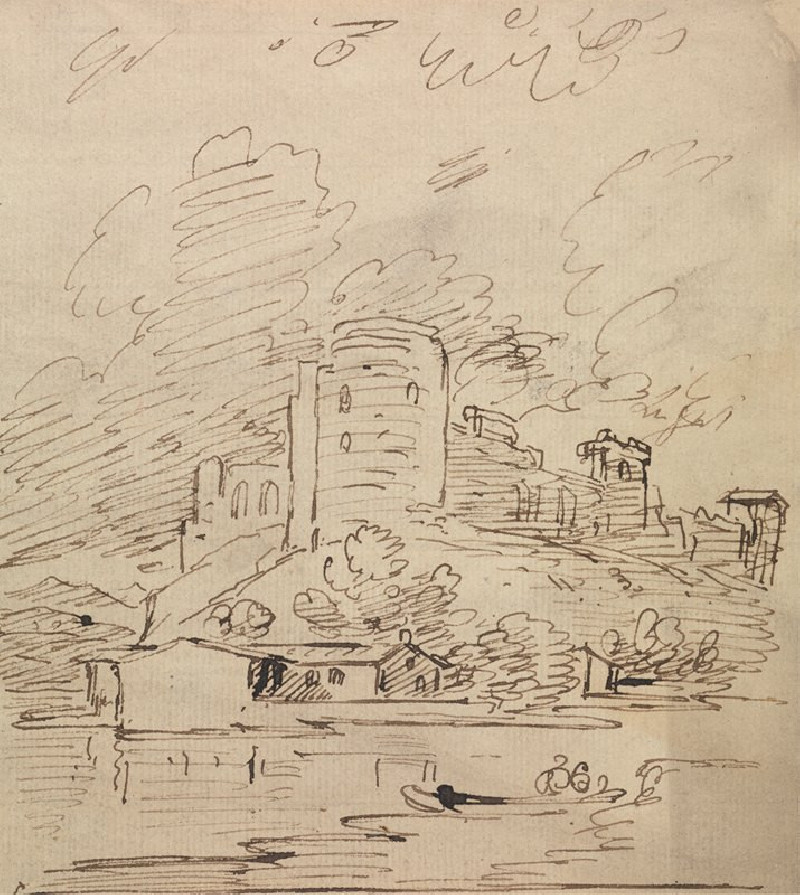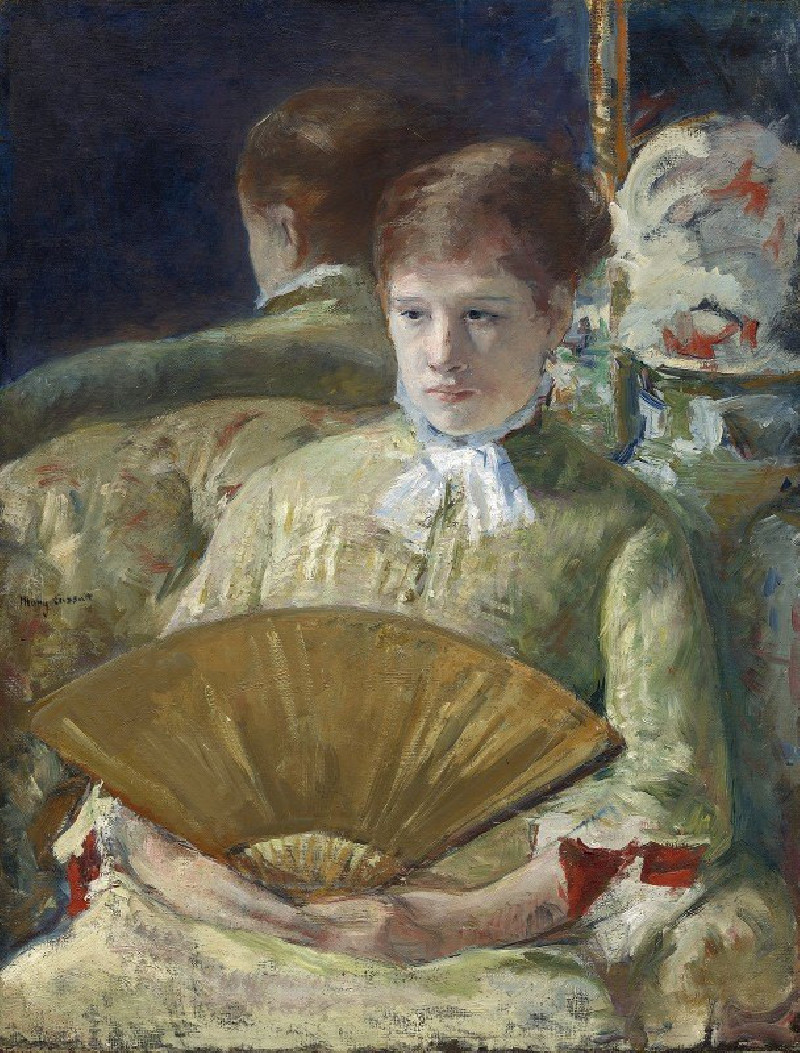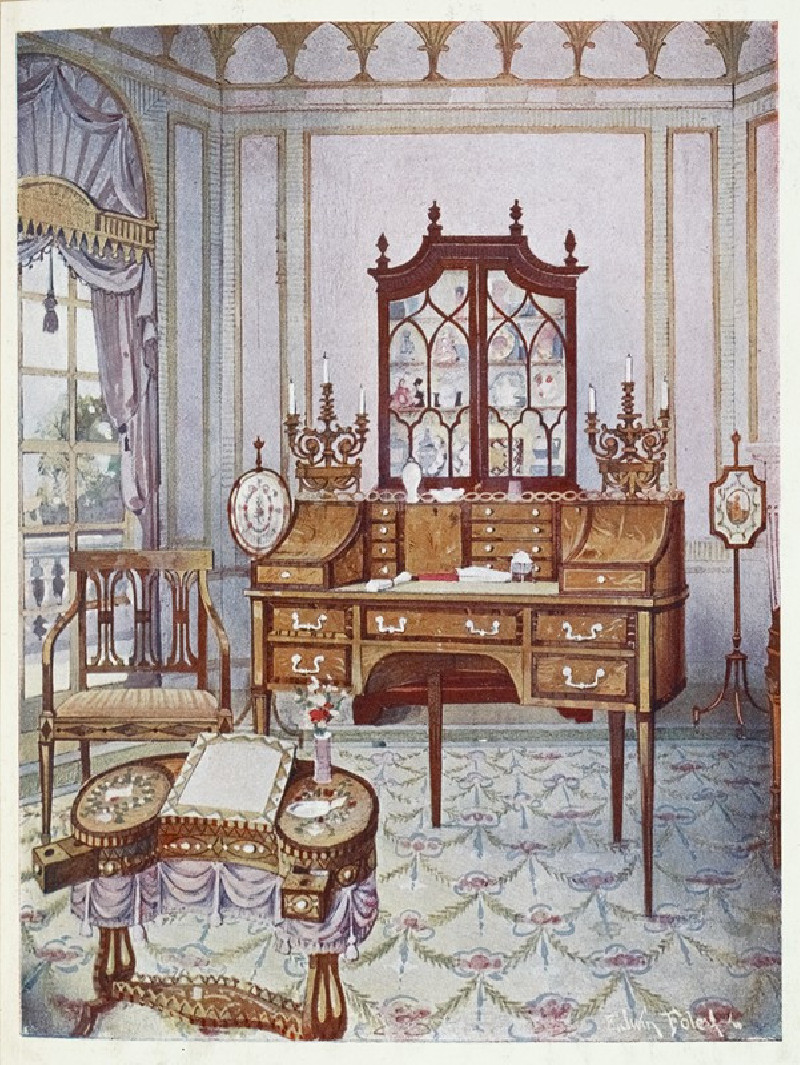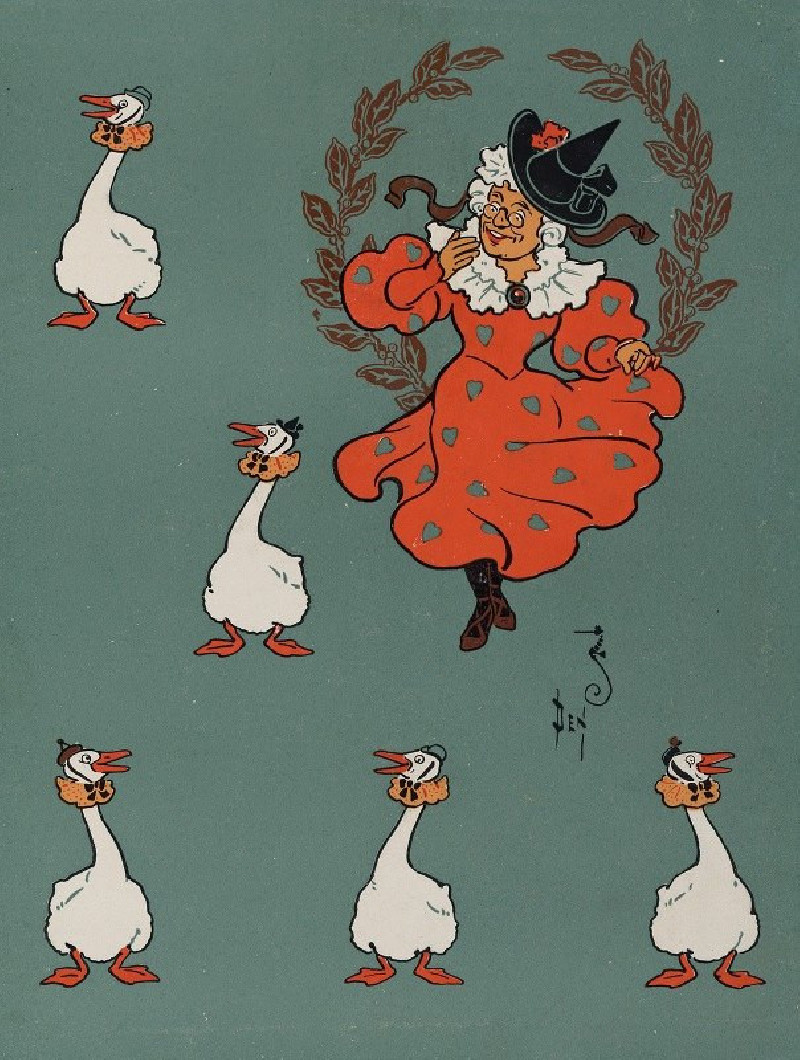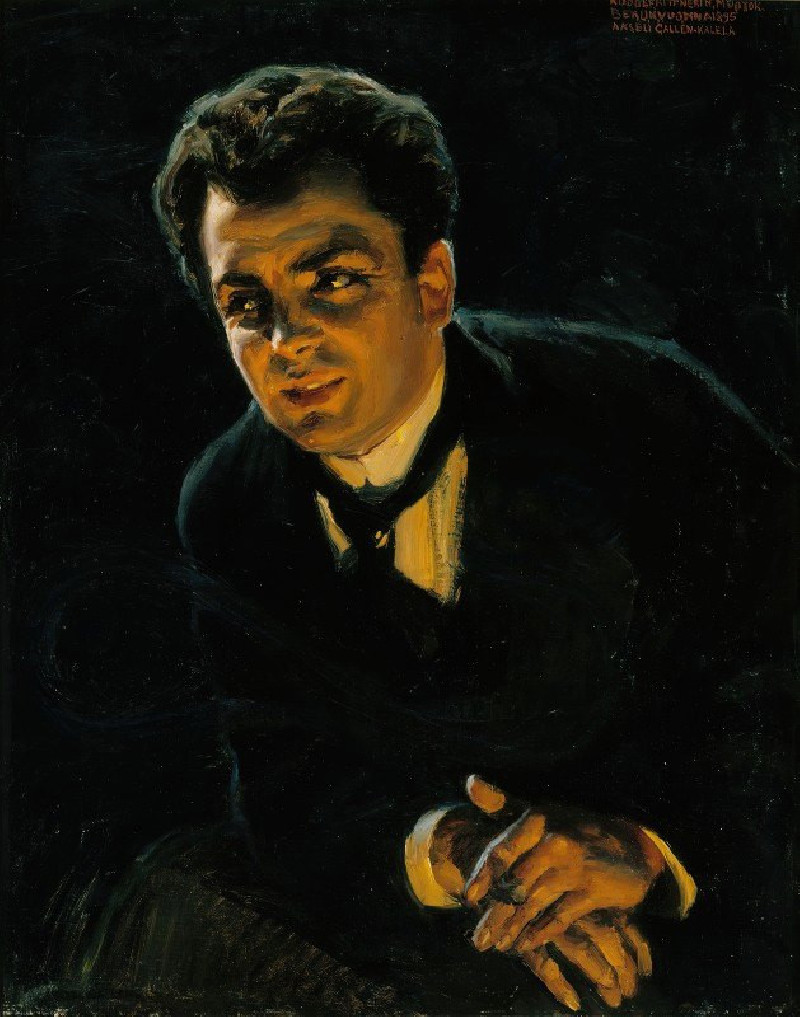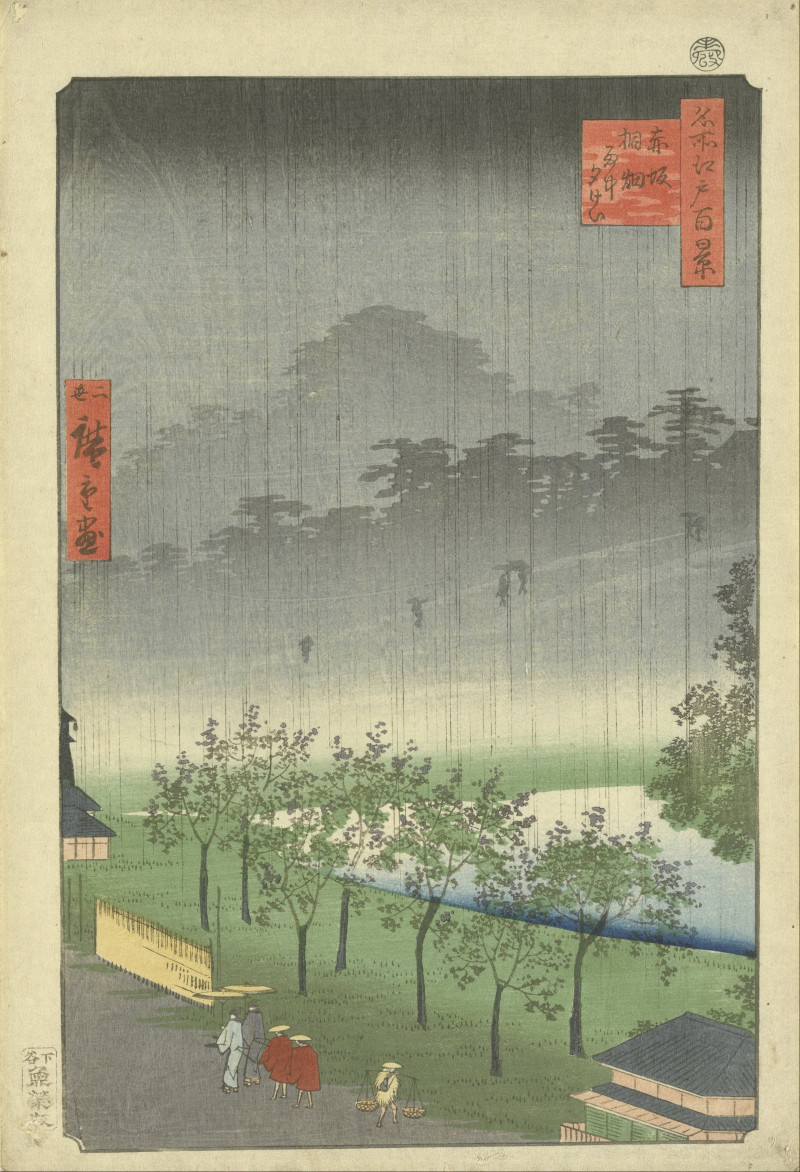Mary Wigman’s Dance (1933)
Technique: Giclée quality print
Recommended by our customers
More about this artwork
Welcome to an intriguing exploration of "Mary Wigman’s Dance," a captivating woodcut by German artist Ernst Ludwig Kirchner, created in 1933. This striking artwork encapsulates the dynamic and emotive essence of expressionist dance through bold black and white contrasts and dynamic, abstract shapes.The painting features the figure of a dancer, presumably depicting Mary Wigman, one of the pioneers of modern dance in Europe. The dancer is captured in mid-movement, her body language expressive and filled with vigor. Her limbs stretch energetically in various directions, suggesting the fluidity and intensity of her dance. The dancer's expression is one of deep emotion, reflective of the expressionist desire to convey inner feelings rather than external realities.Kirchner's style is characterized by stark, simplified forms and an assertive, almost graphic linearity which emphasizes motion and emotional intensity. The background is minimal, focusing all attention on the dancer's form and movement. Large, wing-like shapes extend from the head and limbs of the dancer, amplifying the sense of motion and transformation."Mary Wigman’s Dance" is not only a tribute to the dancer herself but also a masterful representation of the expressionist movement's core principles, which sought to express raw, unmediated emotional experiences.
Delivery
Returns
Ernst Ludwig Kirchner (1880–1938) was one of the most important German Expressionist painters. He was a co-founder of Die Brücke, a group of German expressionist artists formed in Dresden in 1905. Die Brücke and Kirchner took inspiration from Vincent Van Gogh and Edvard Munch, as well as African and Oceanic art. They used woodblock printing as a medium to showcase their signature style: flat, unrealistic images with vivid colors. The recurring themes in Kirchner's artworks included exotic cultures, faraway landscapes, self-portraits, dancers and Berlin street life. His paintings and prints effectively portrayed non-European cultures despite the fact that he never traveled outside of Europe.


































